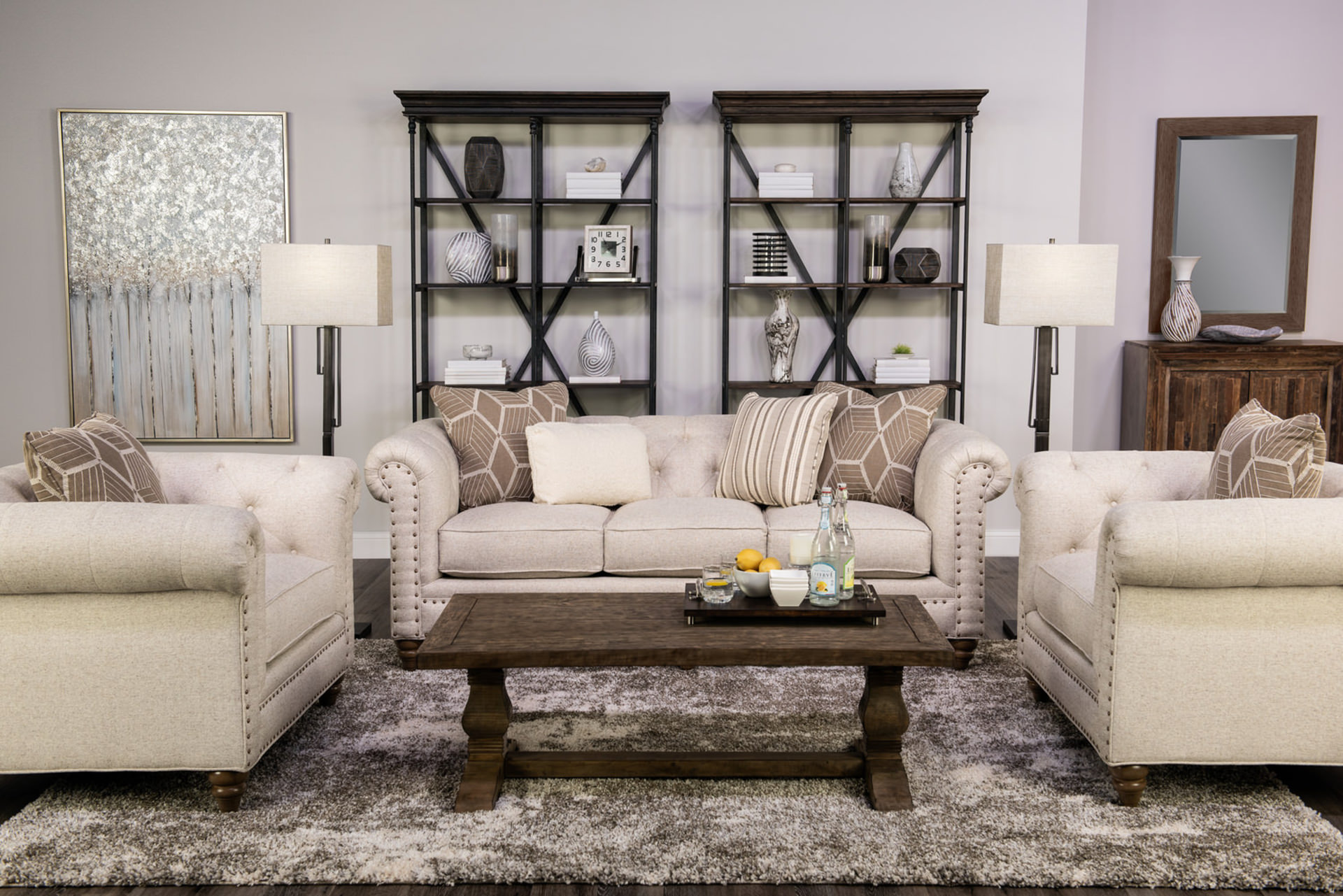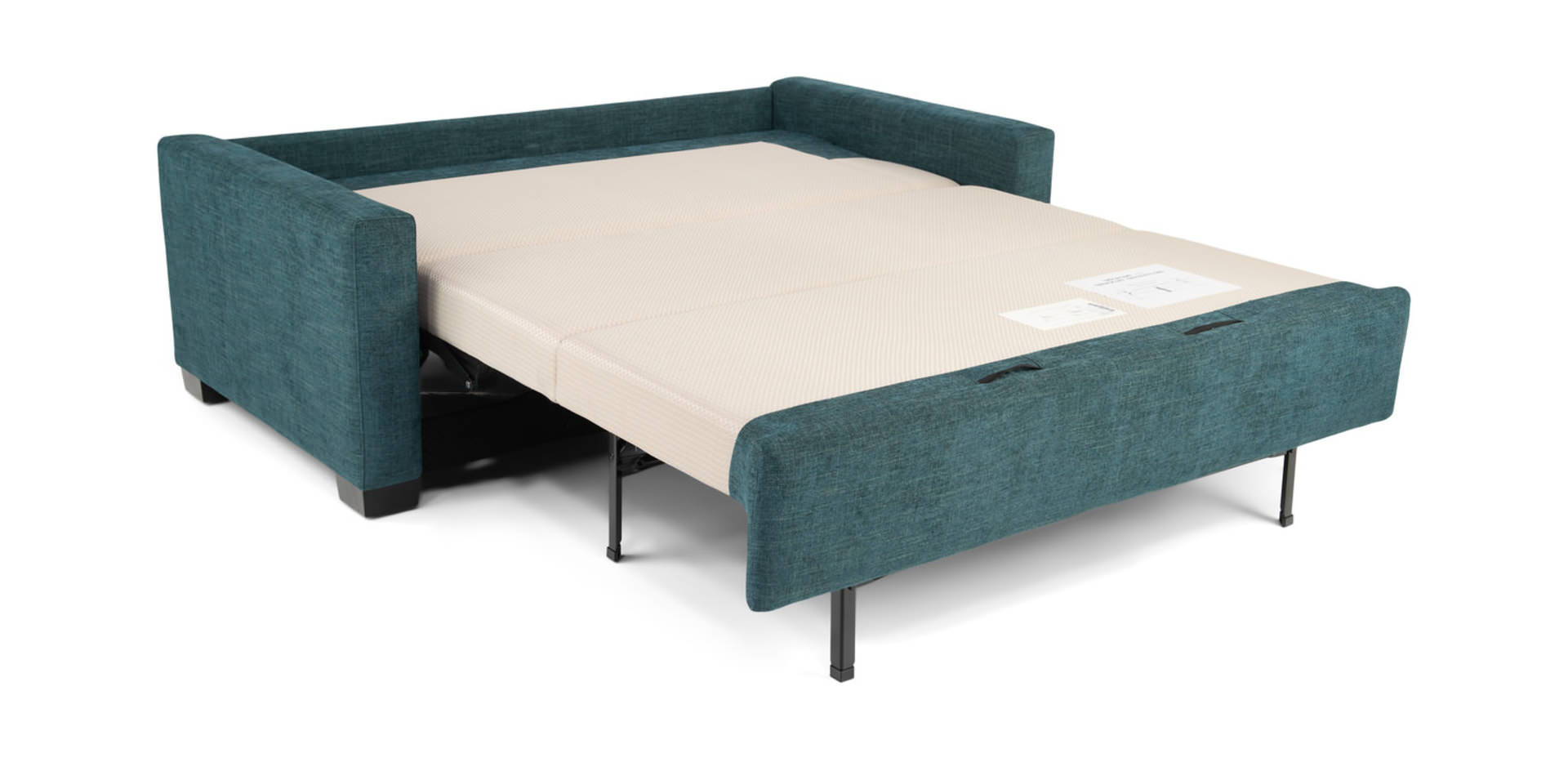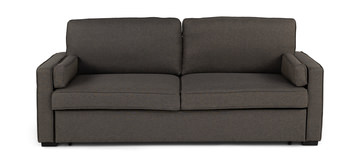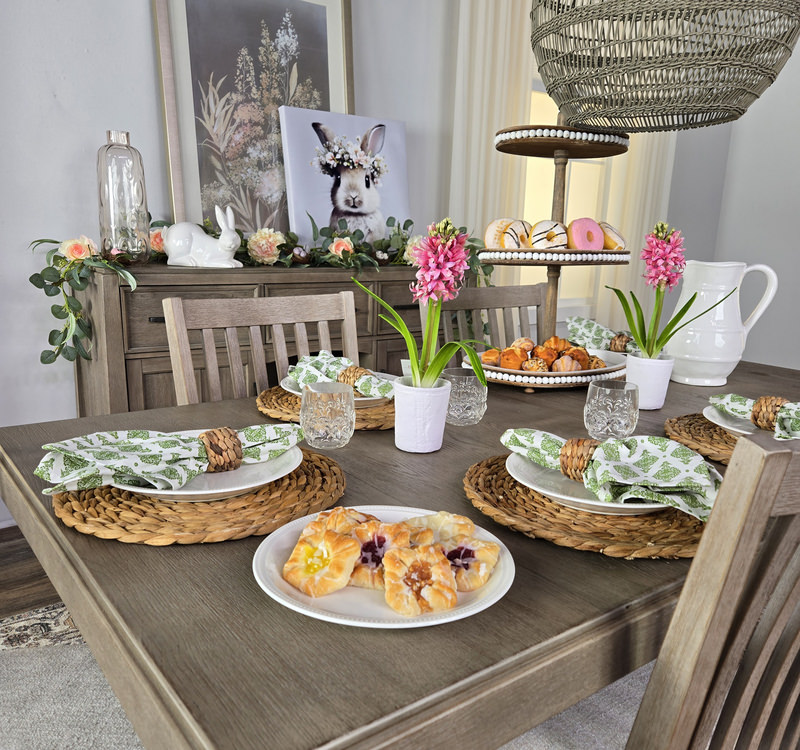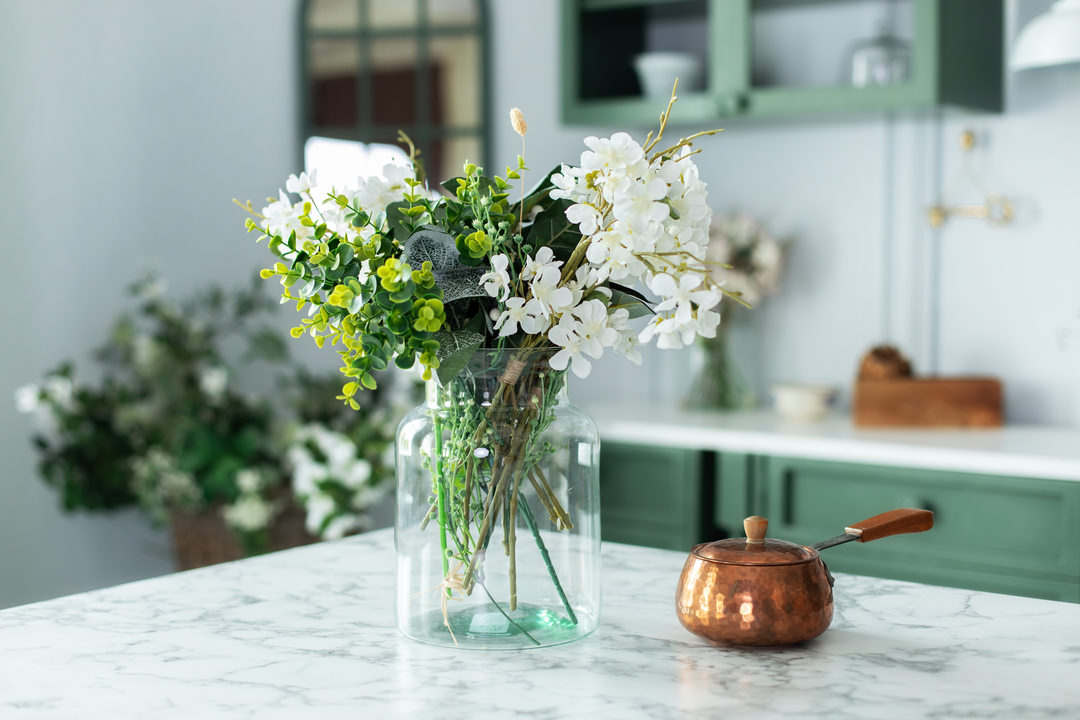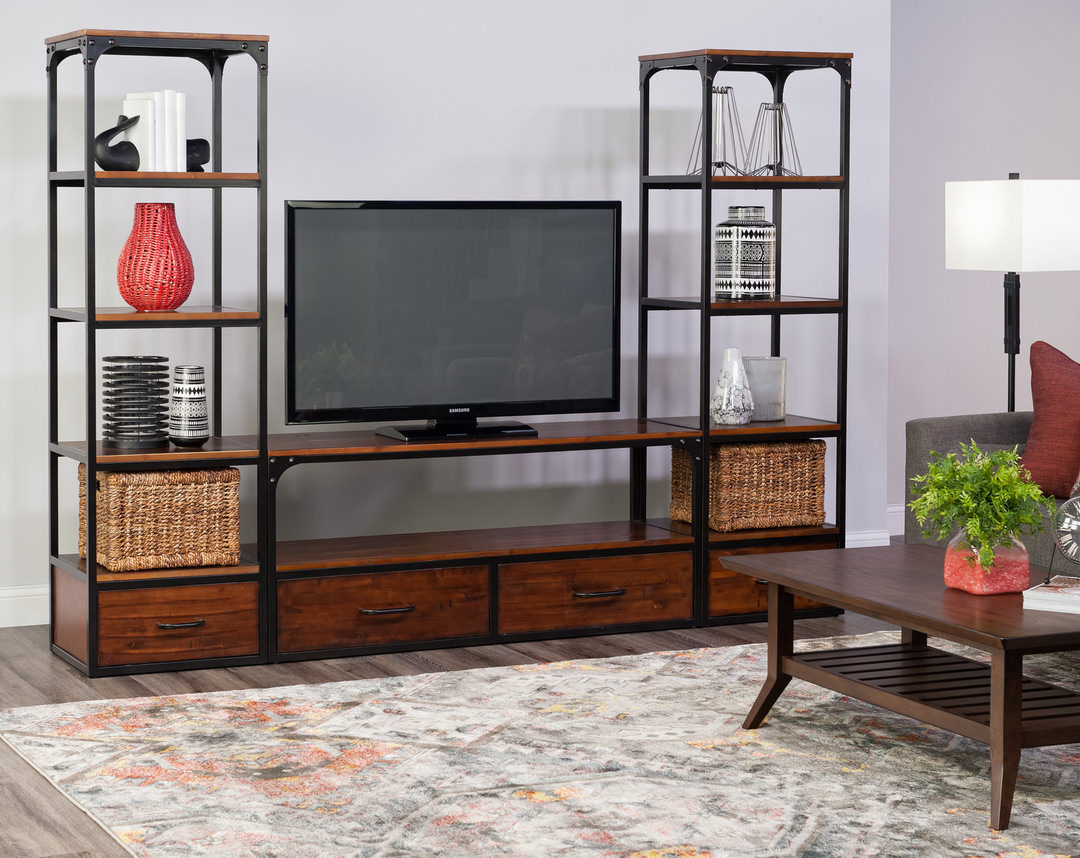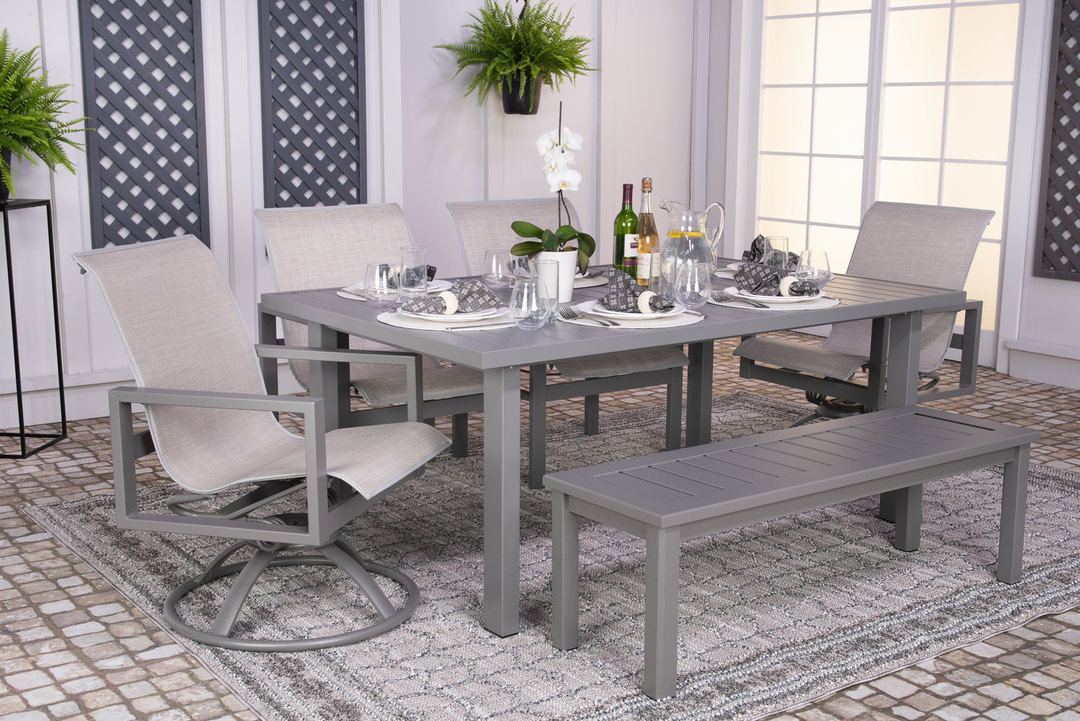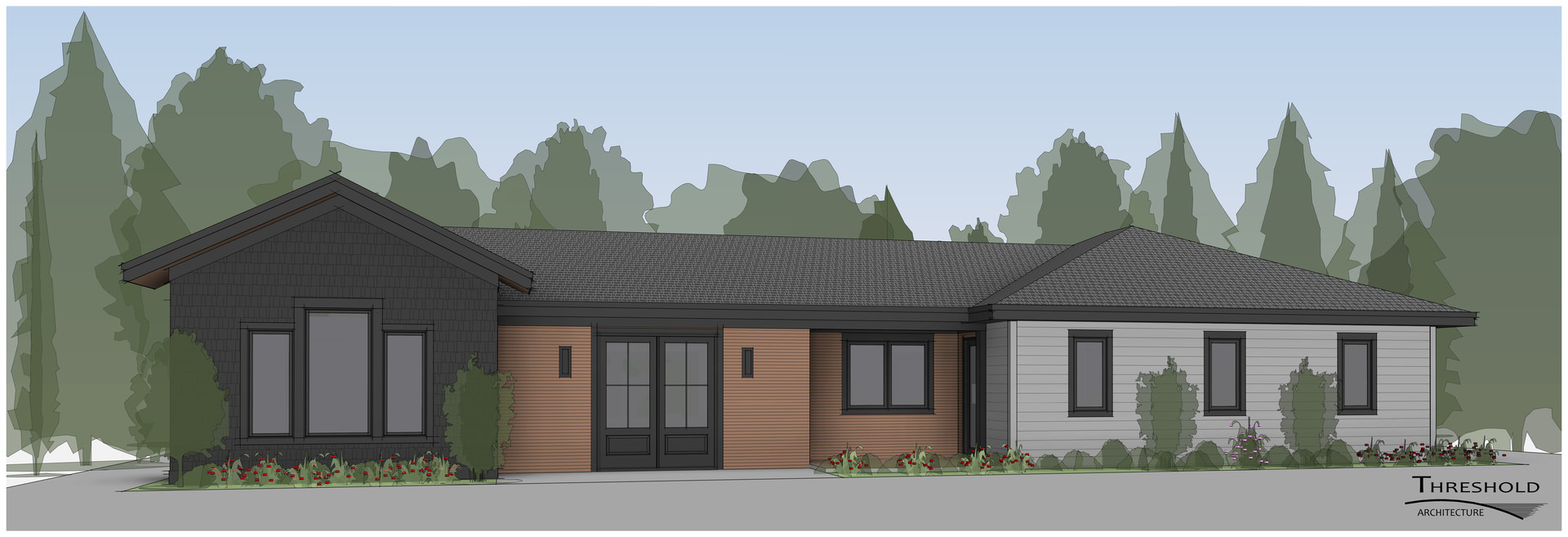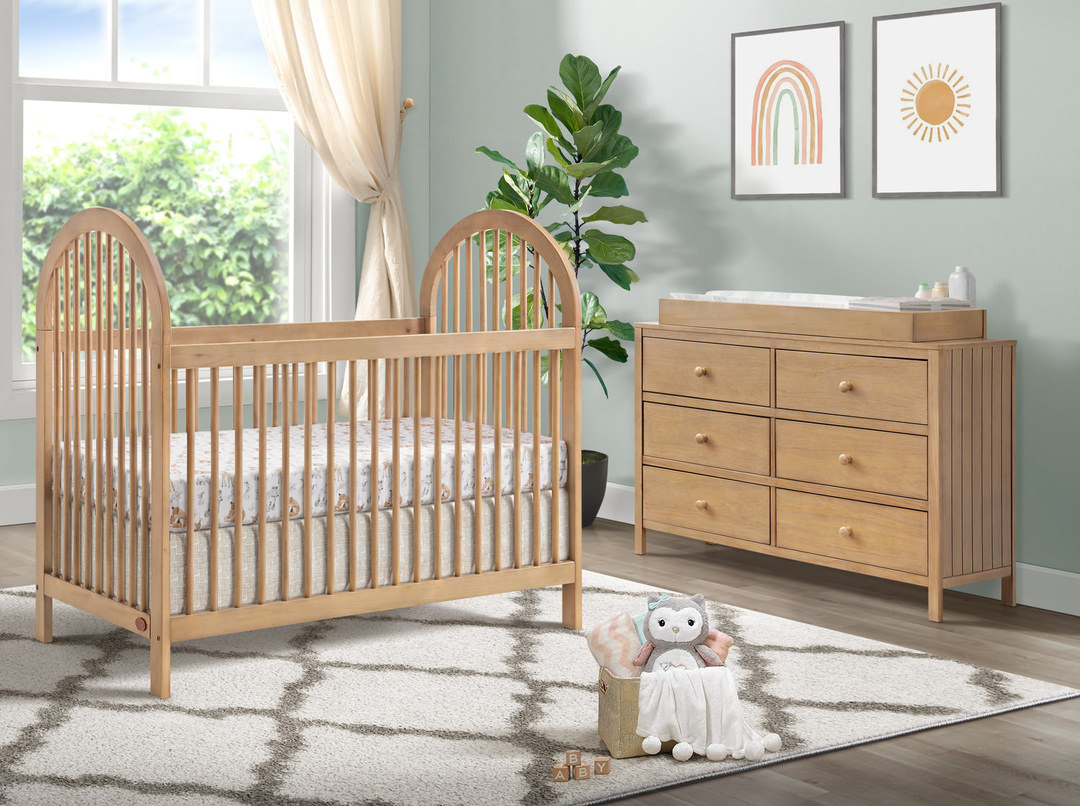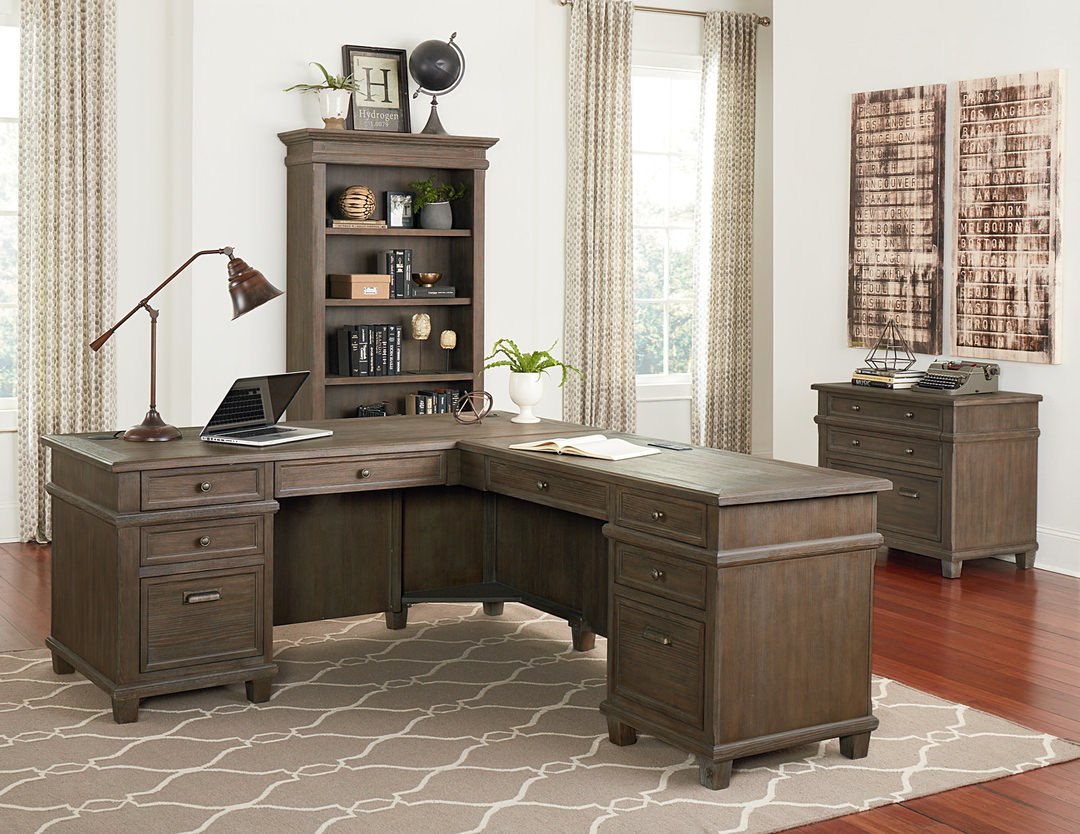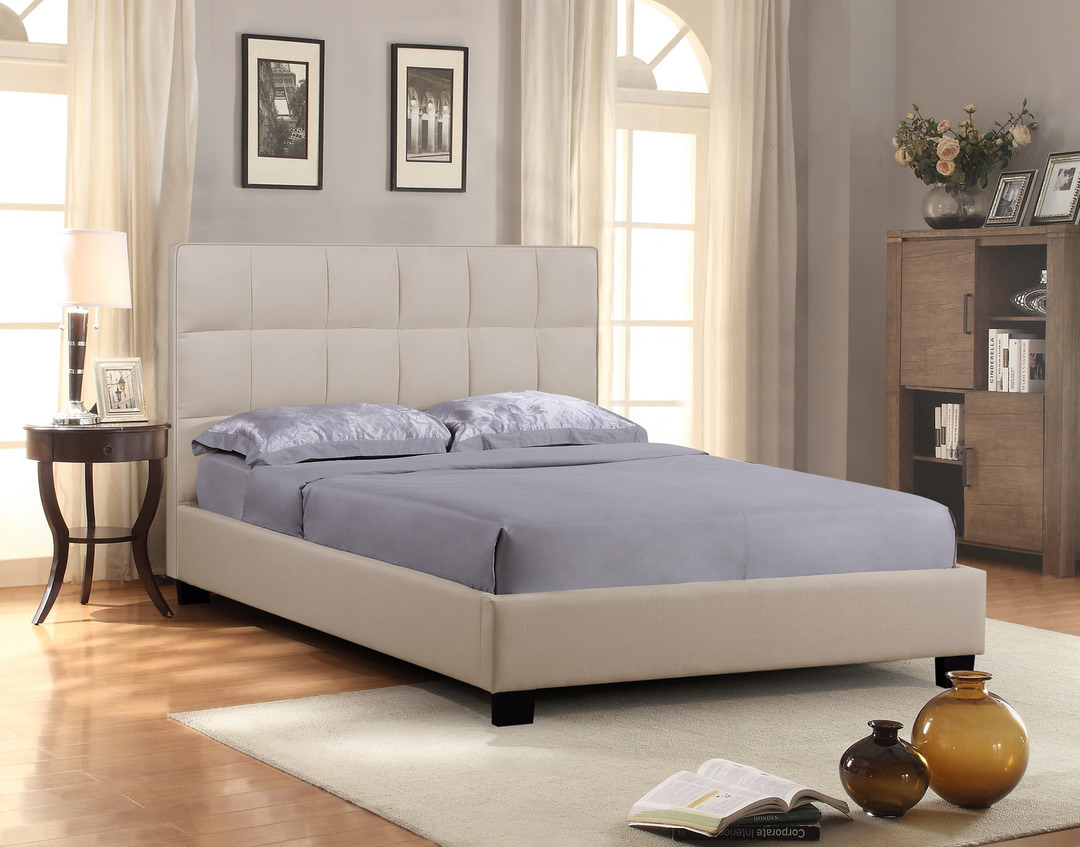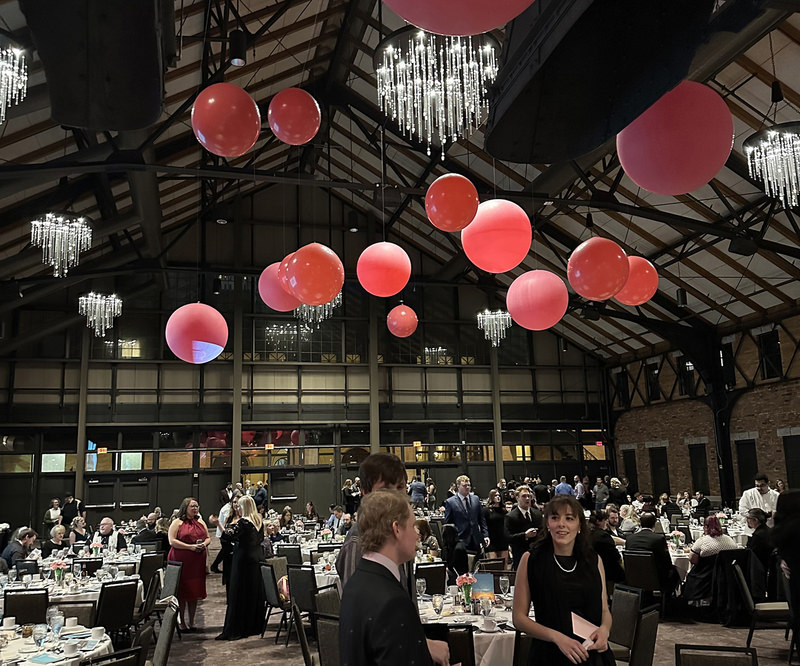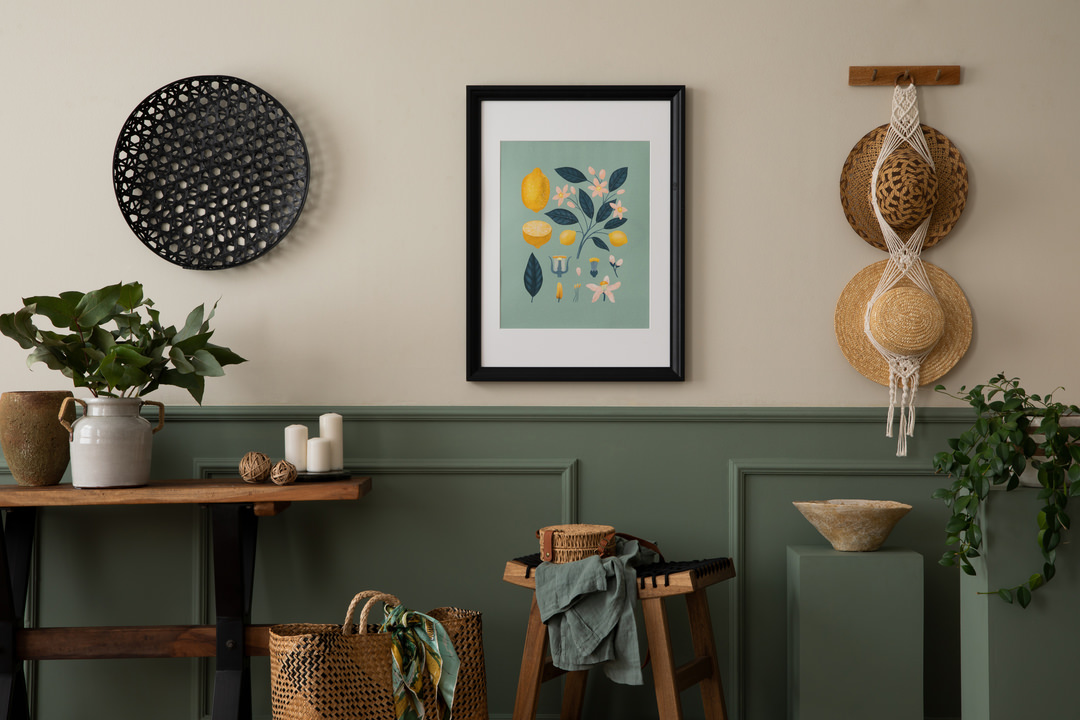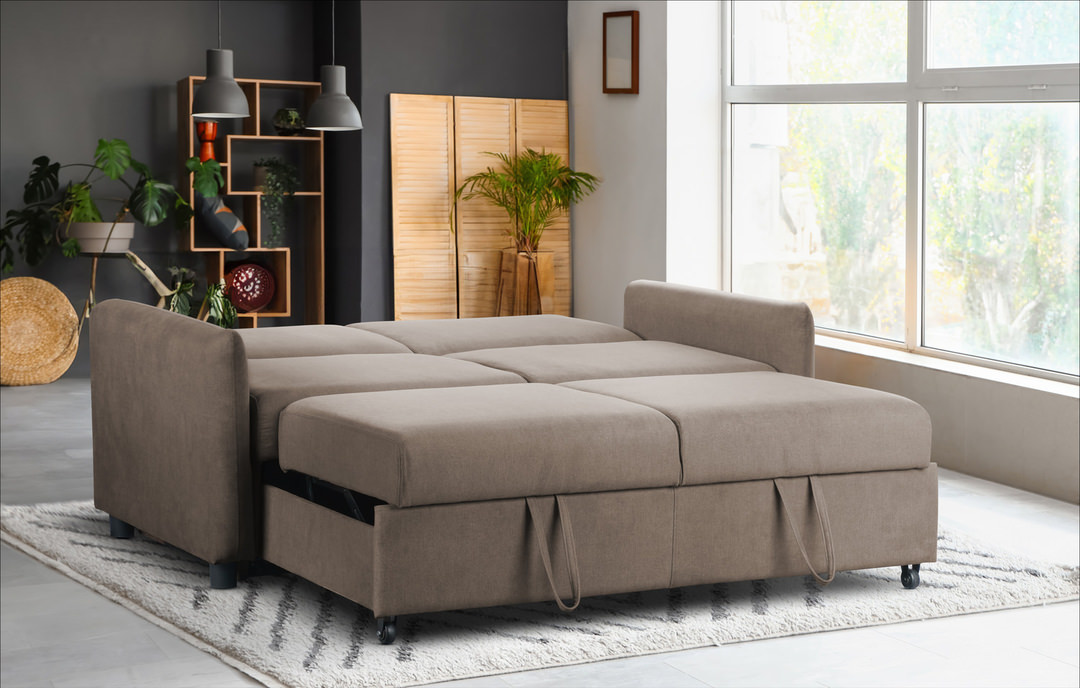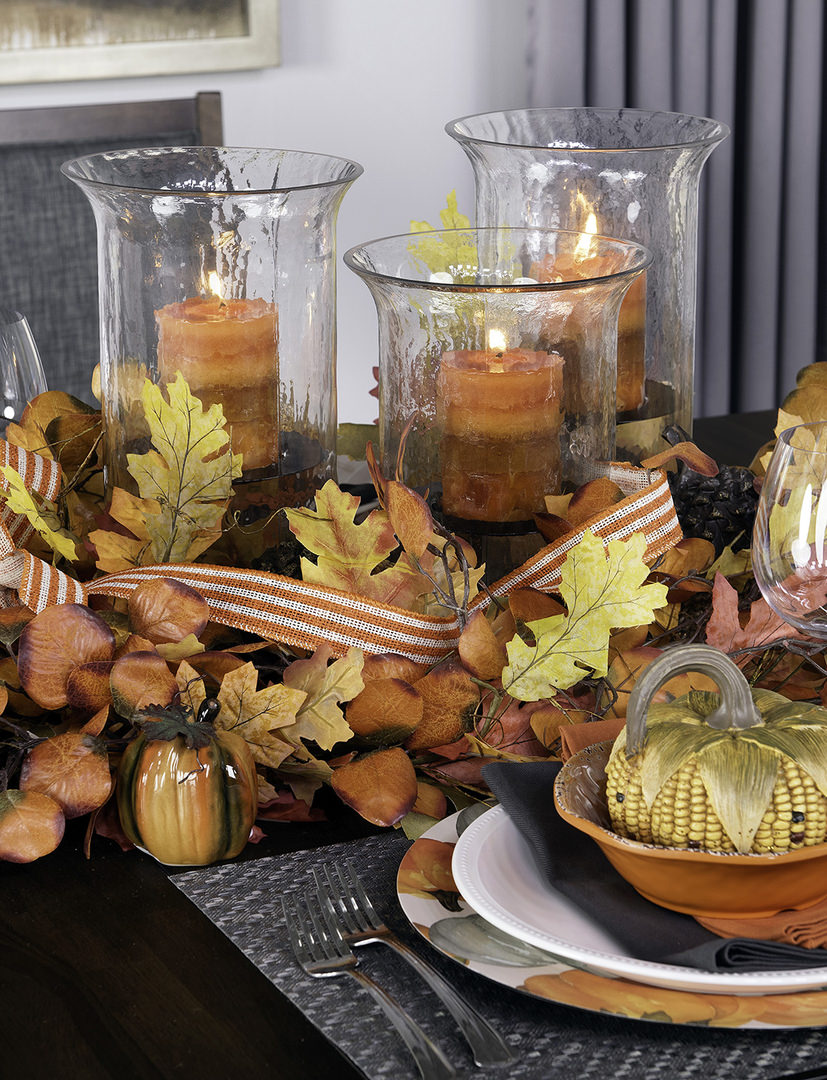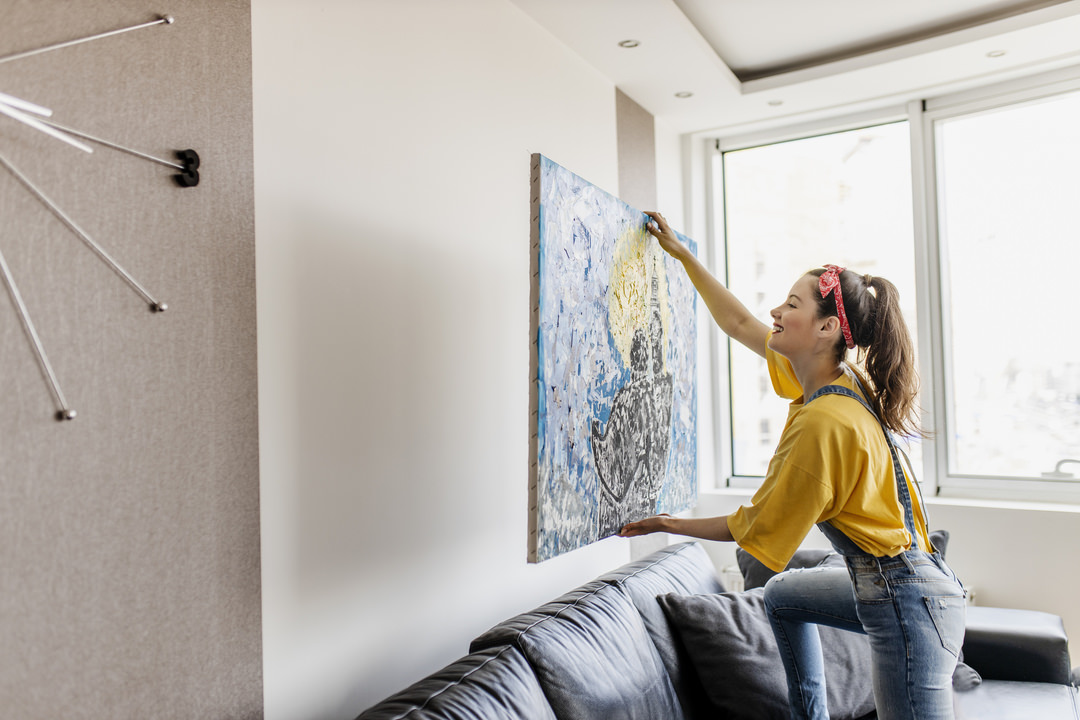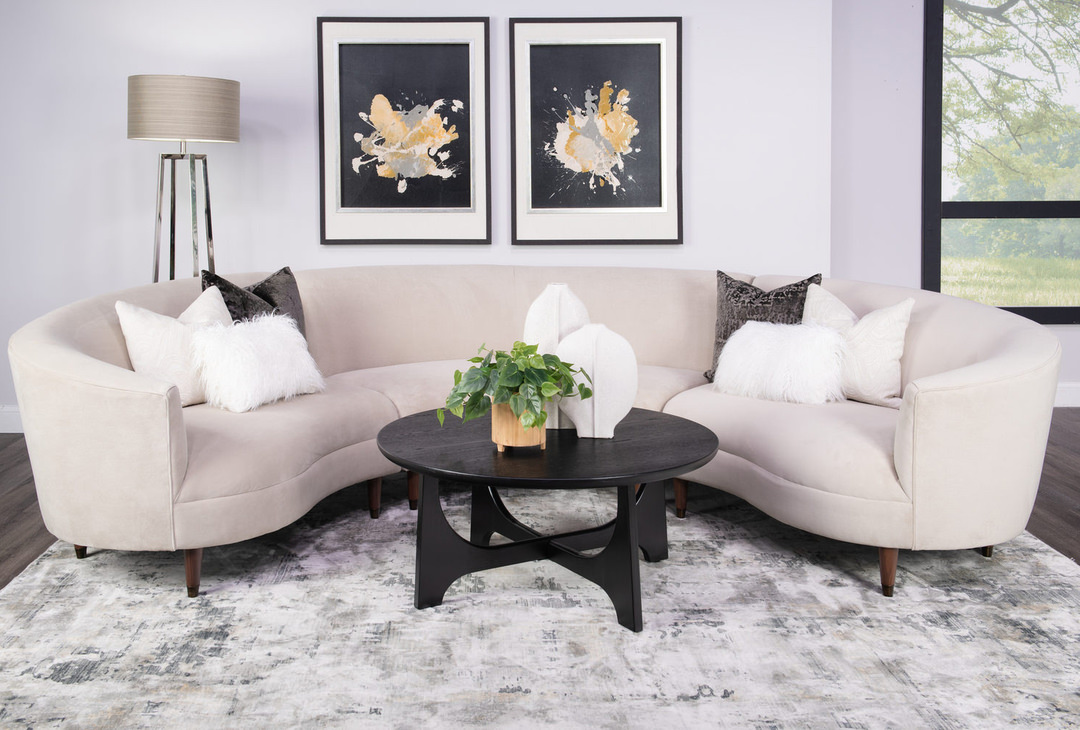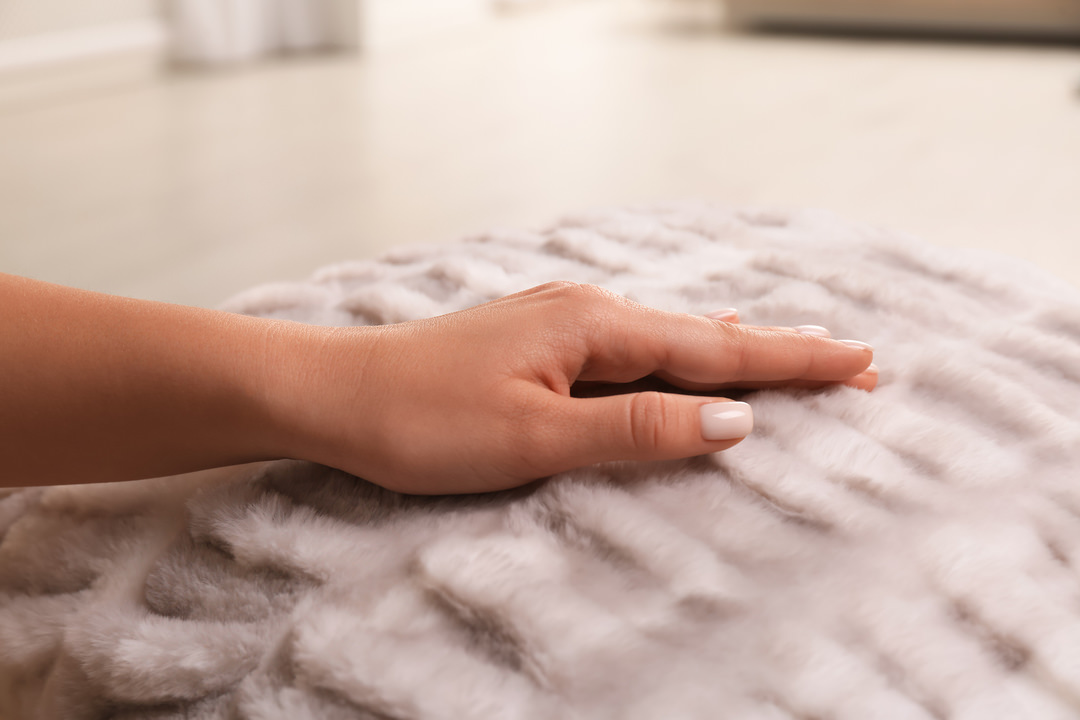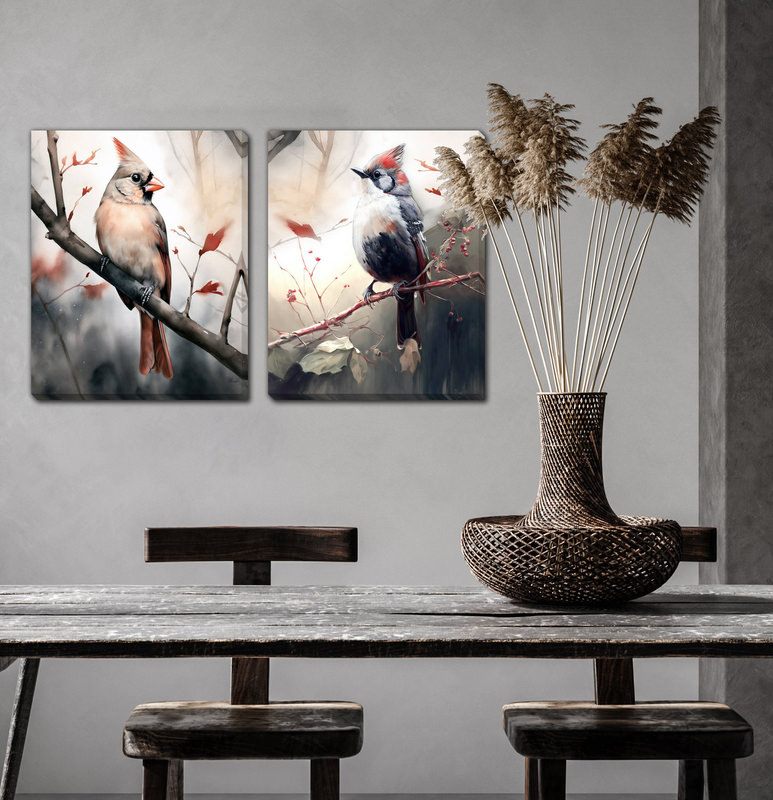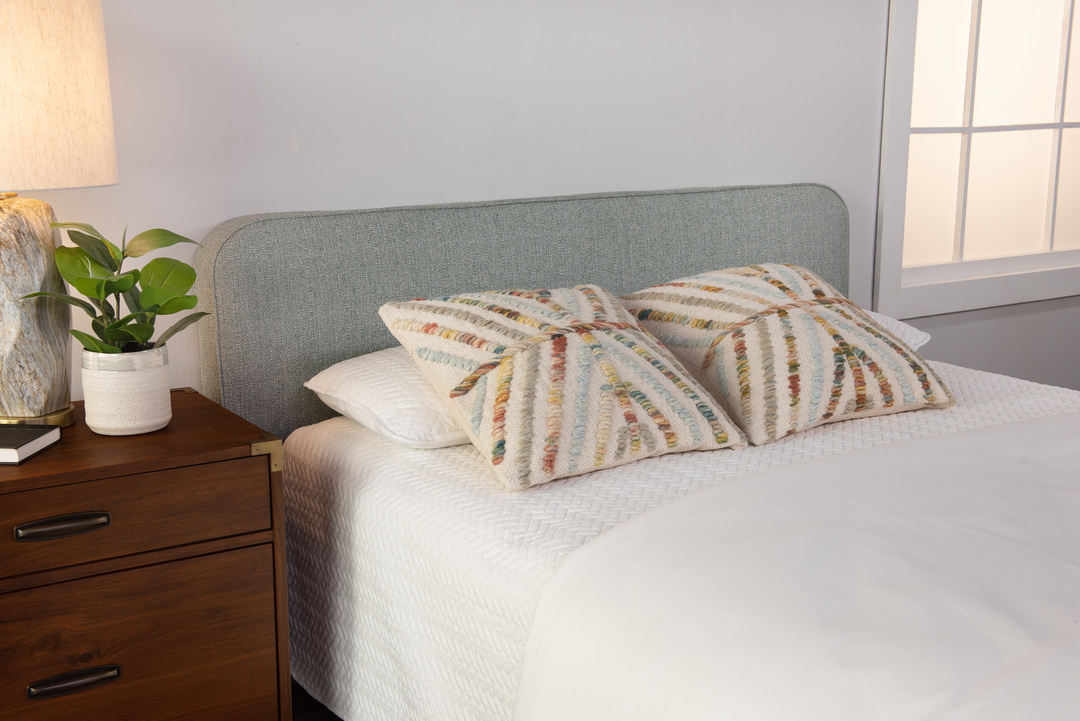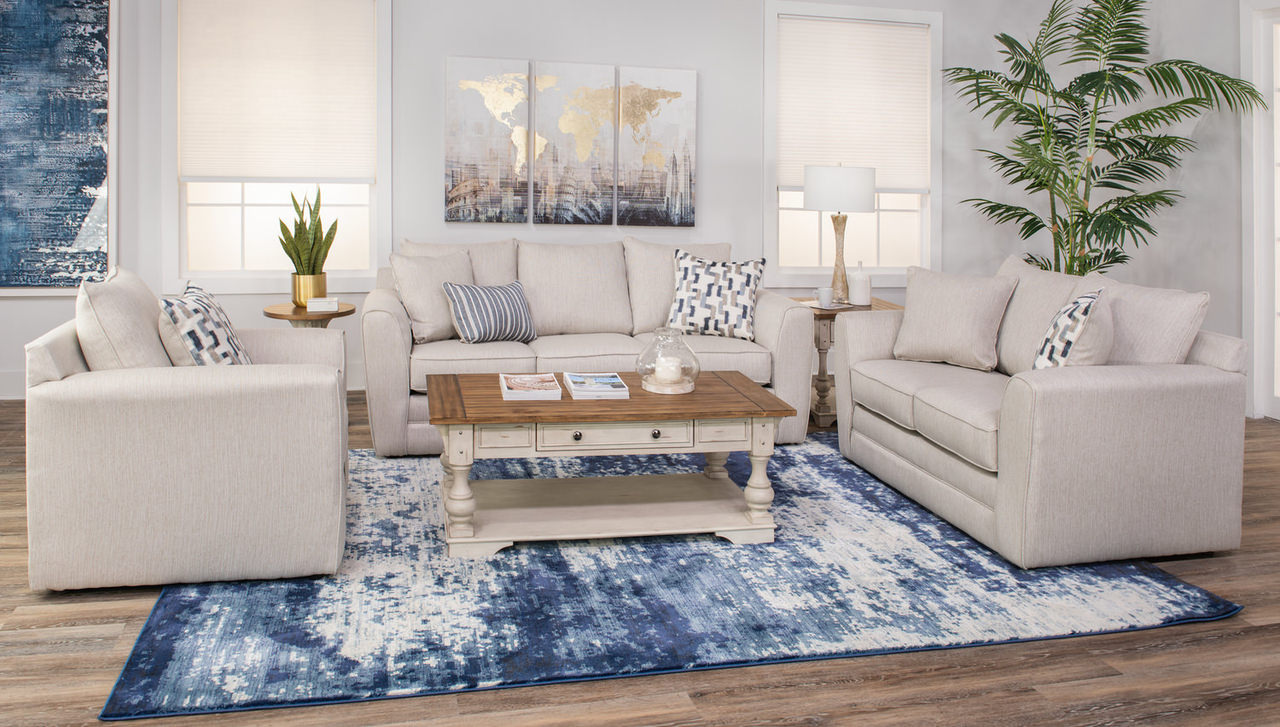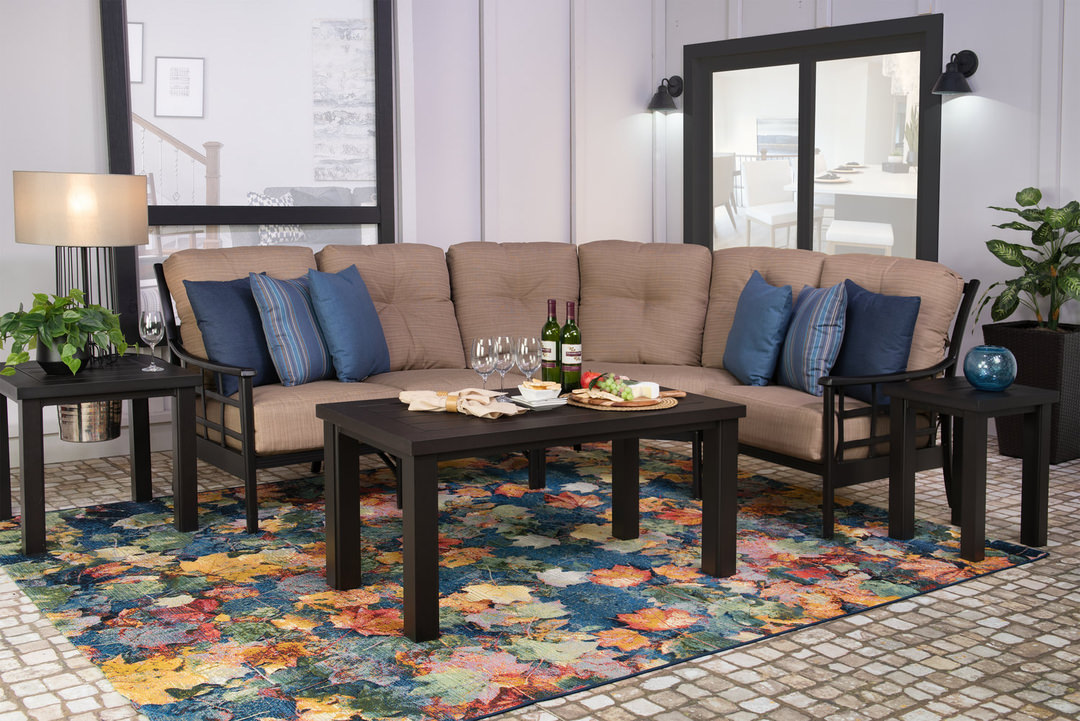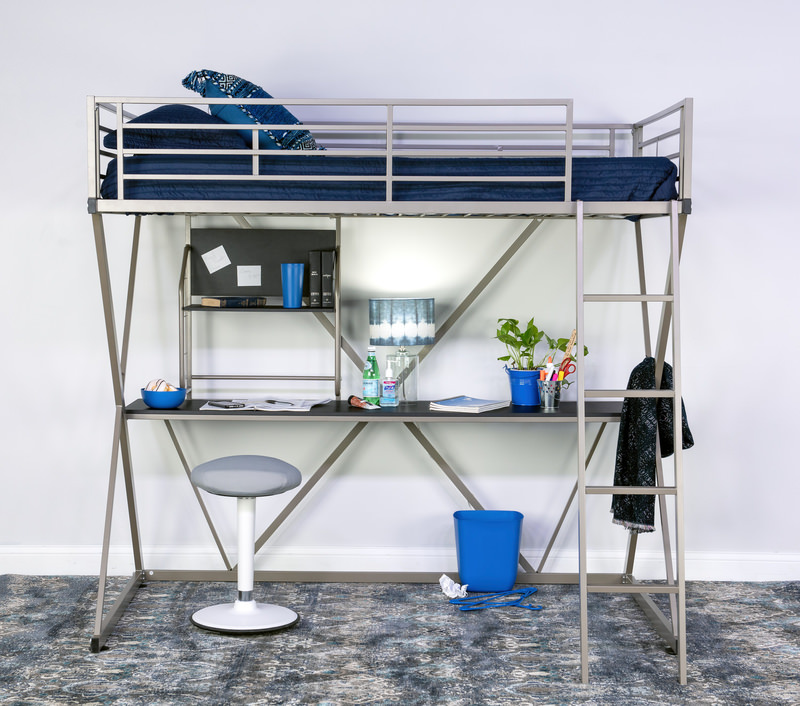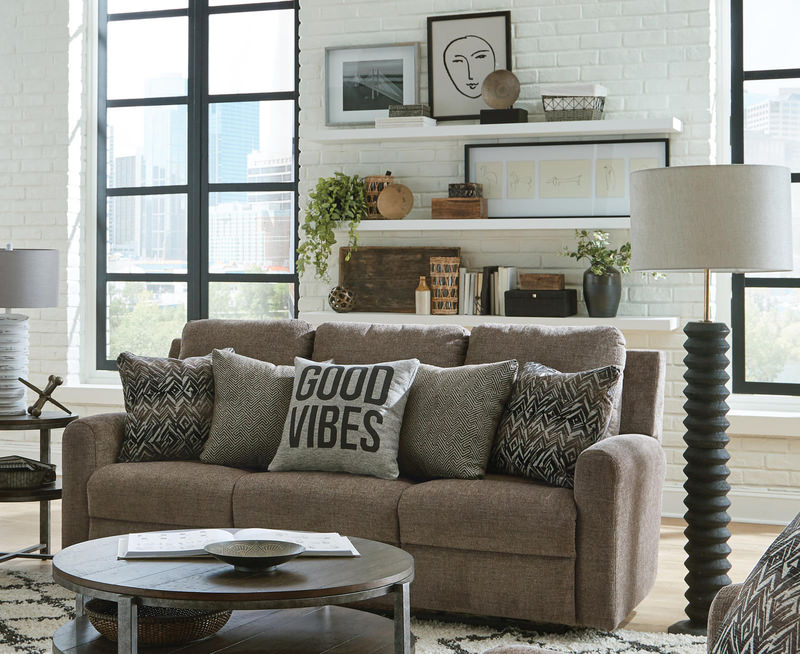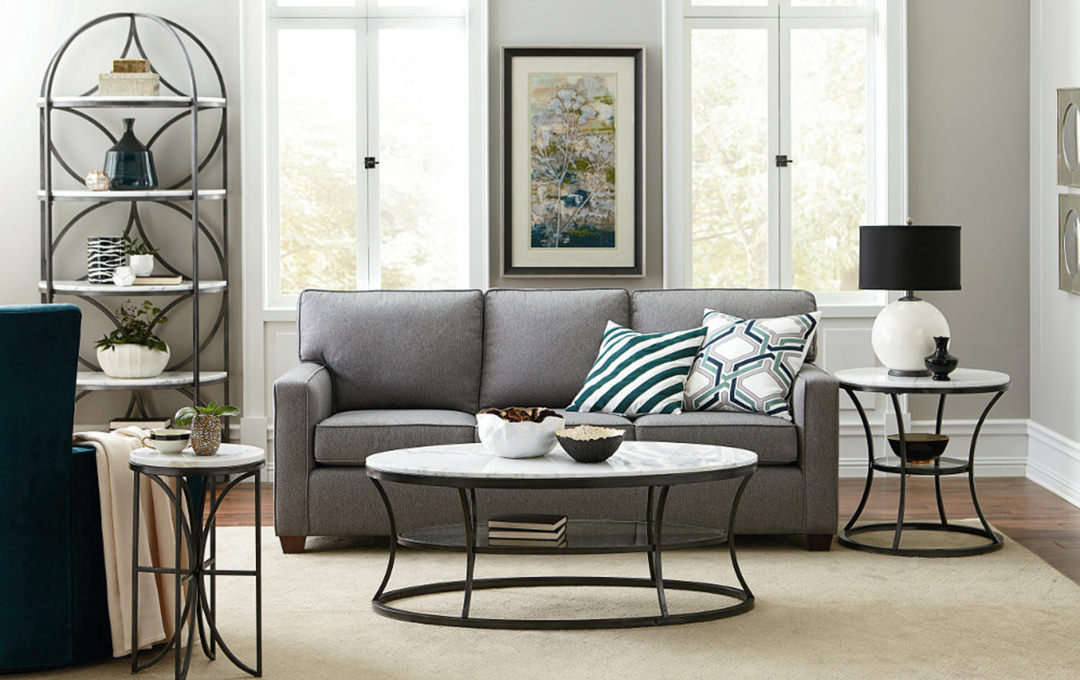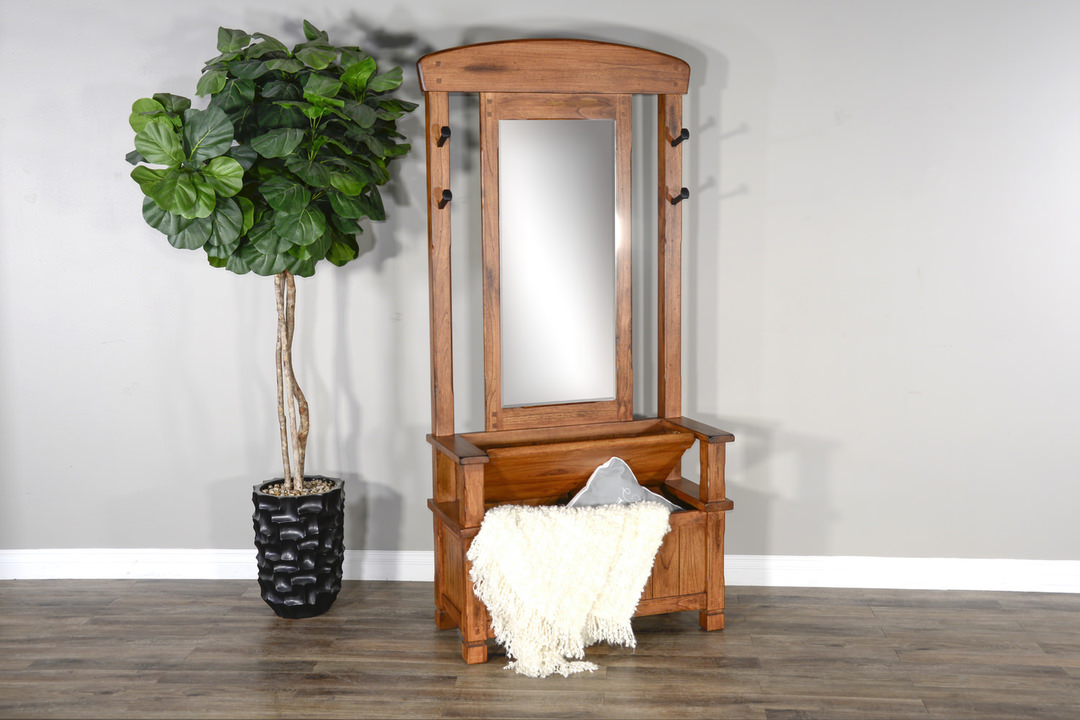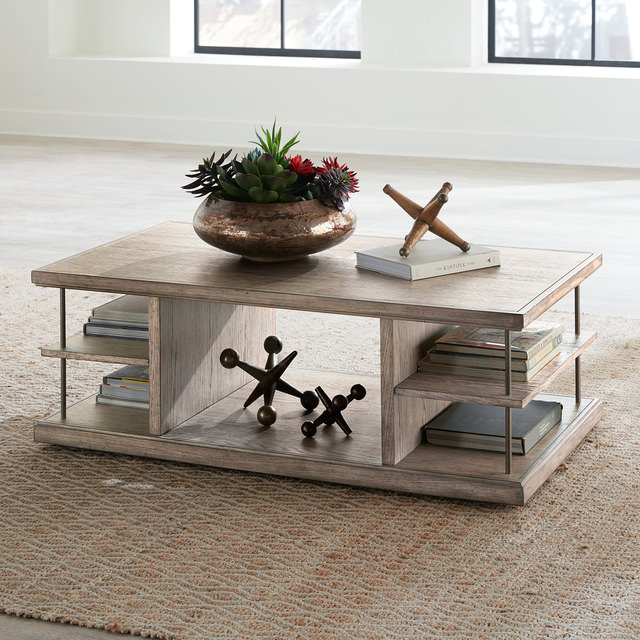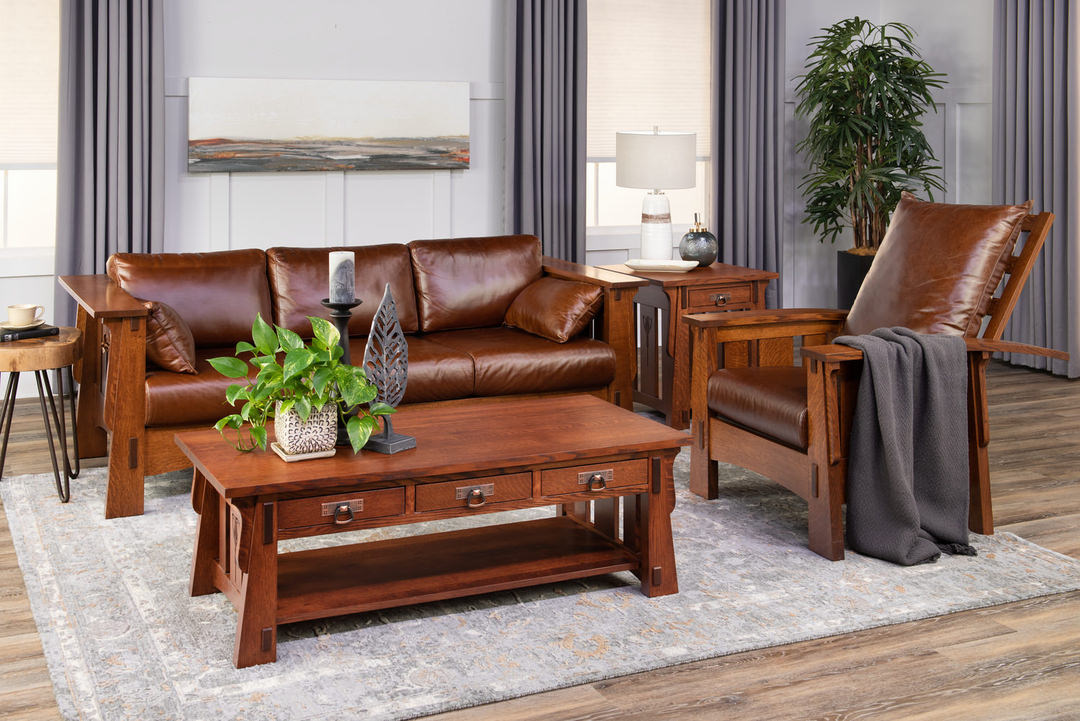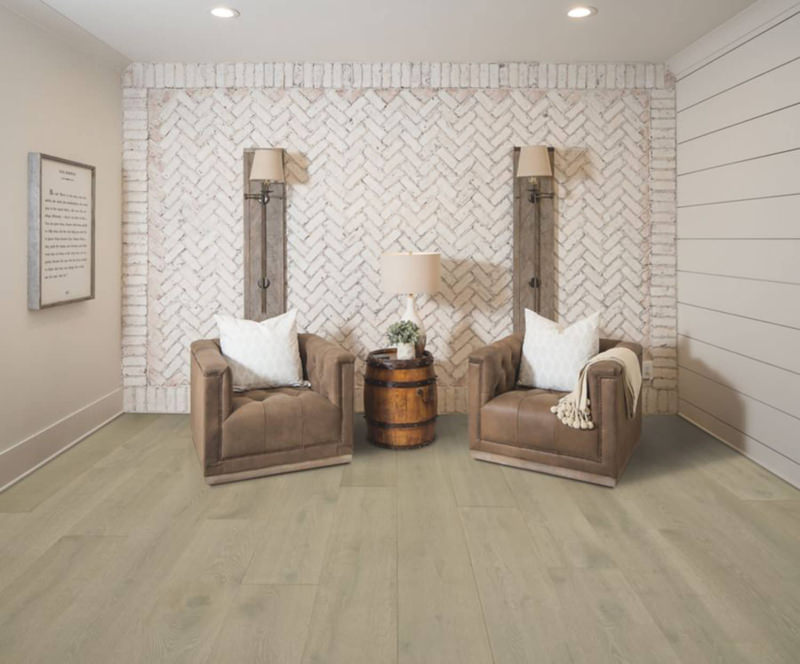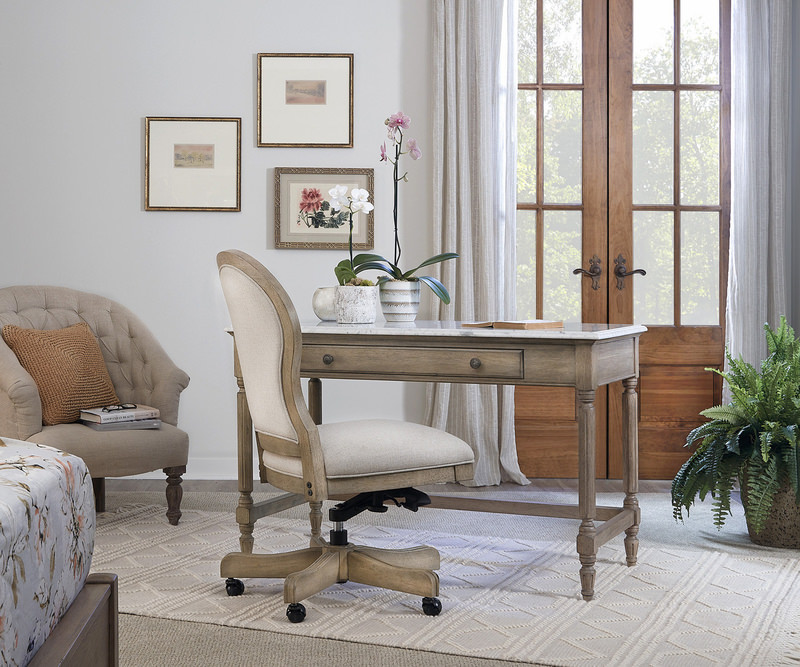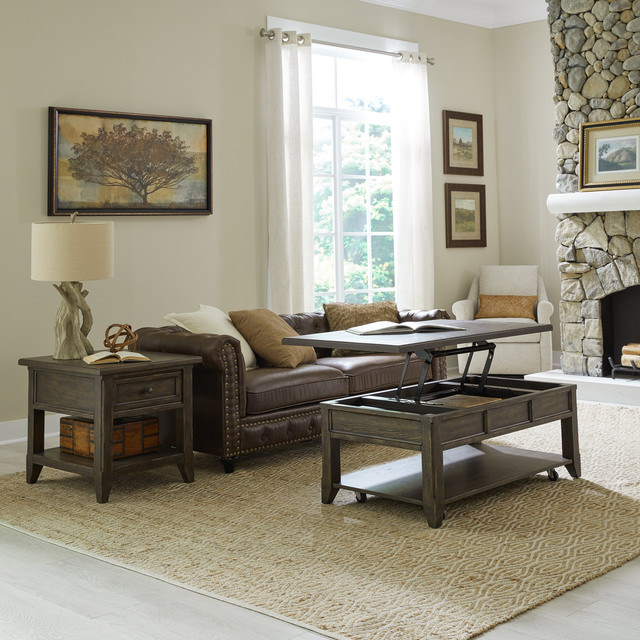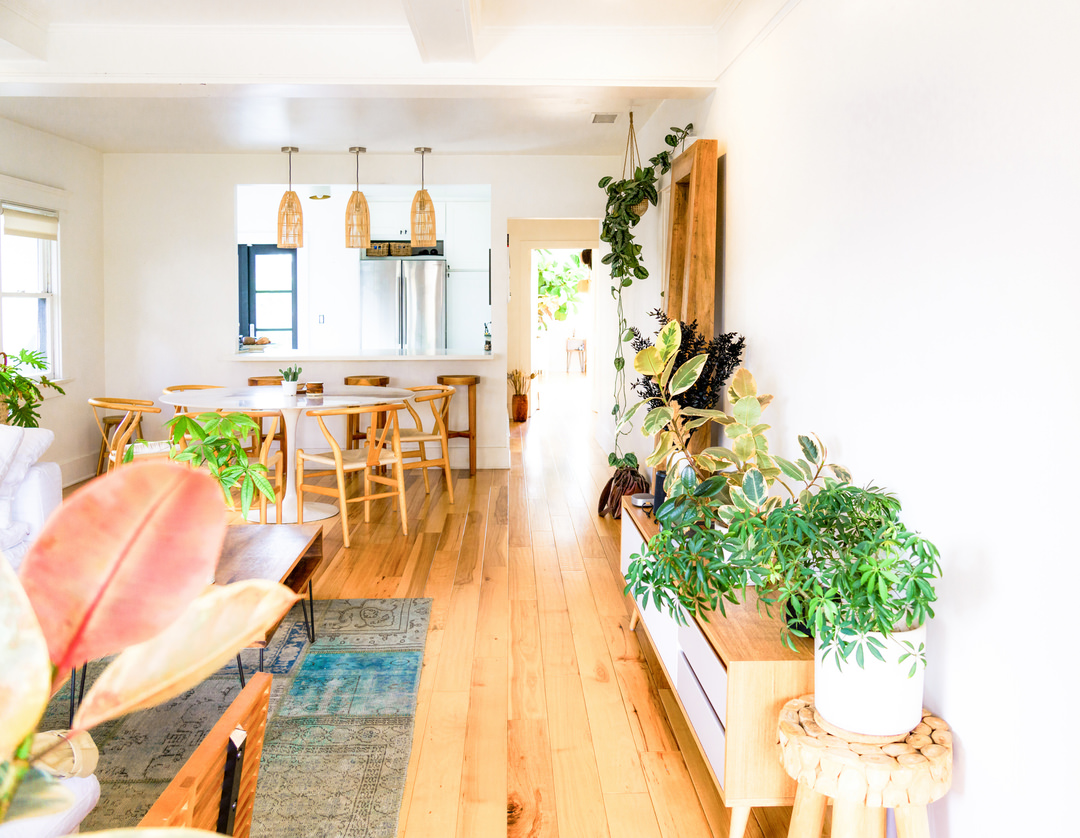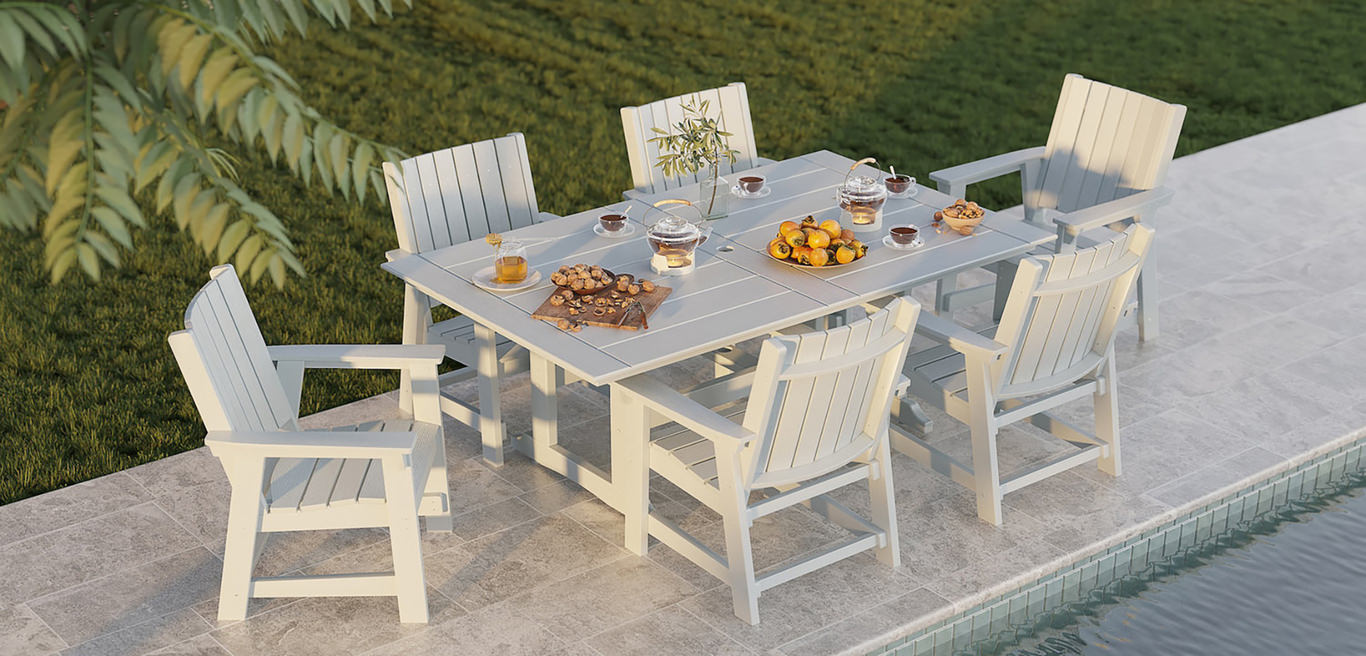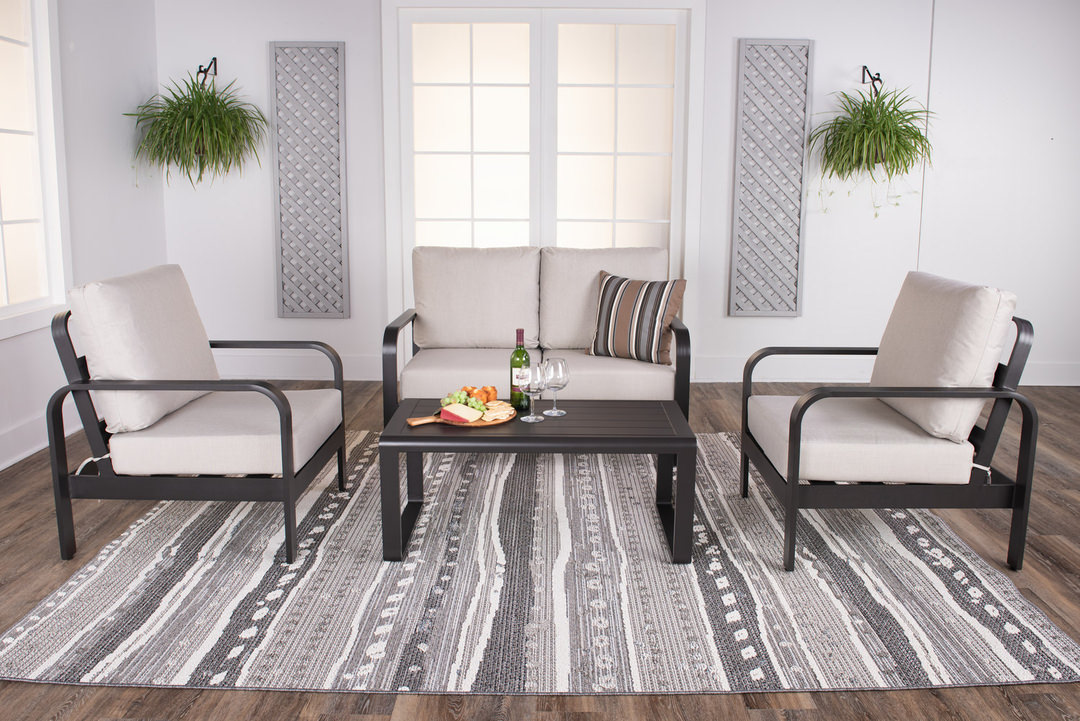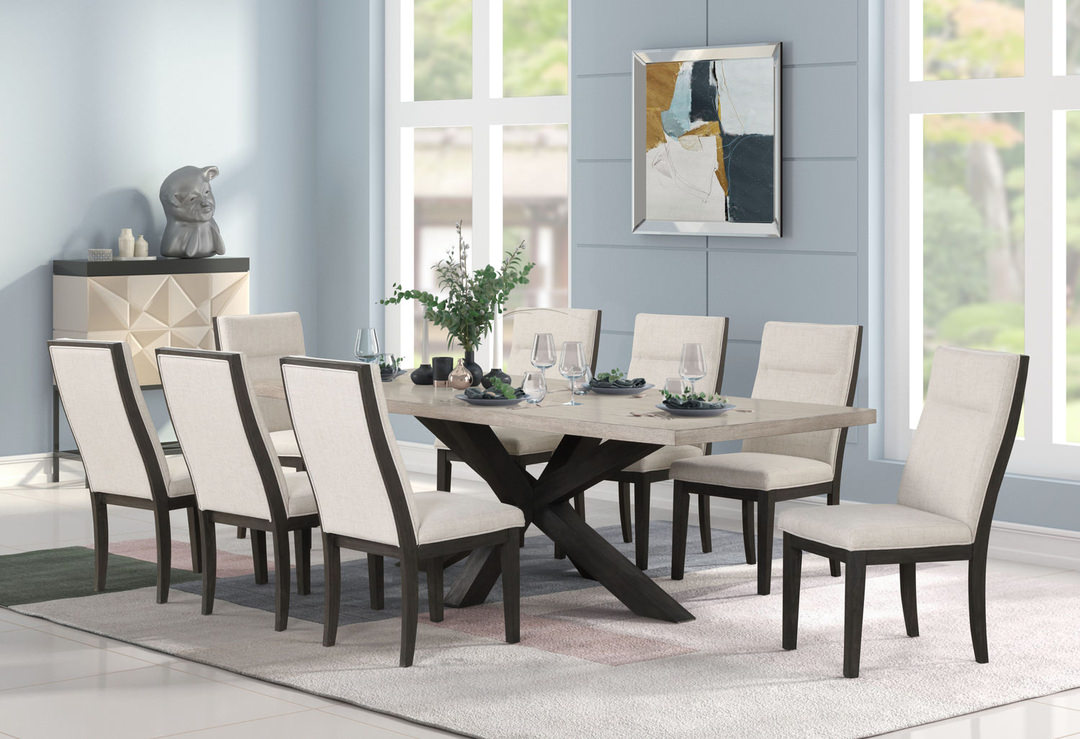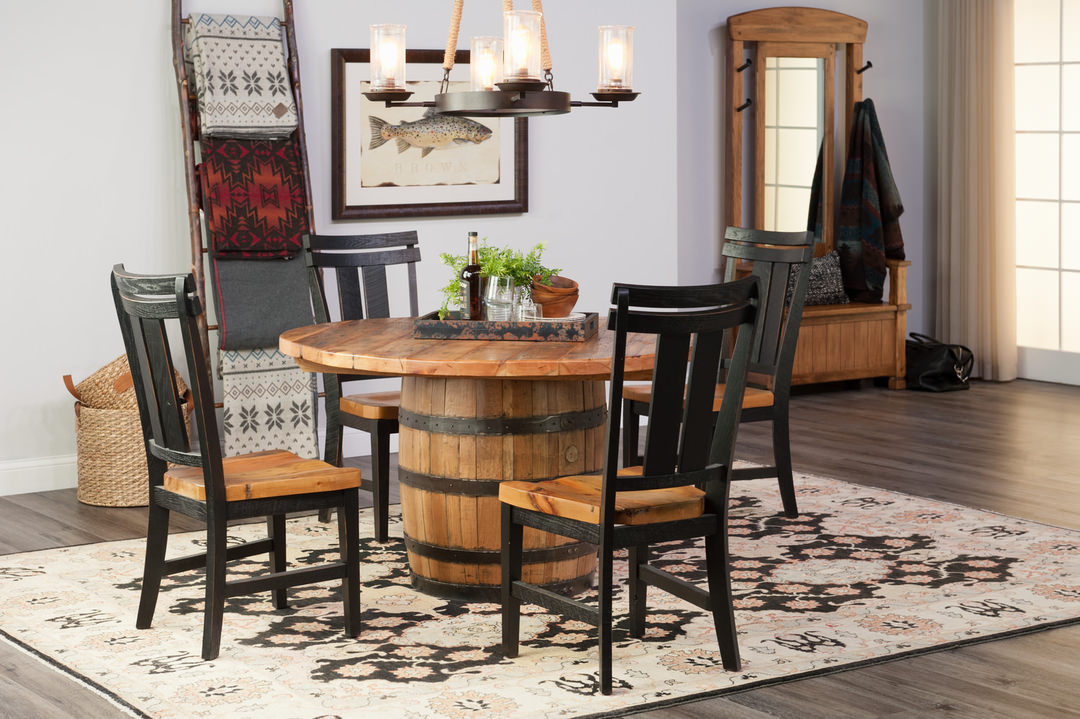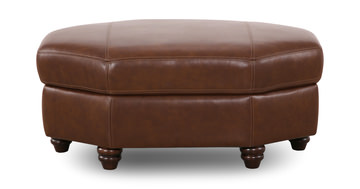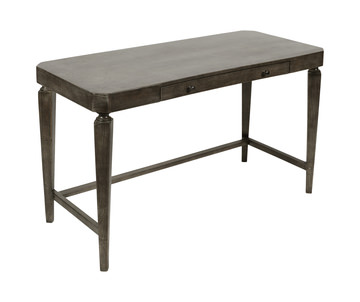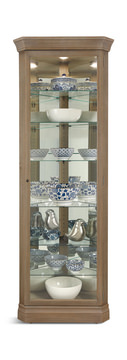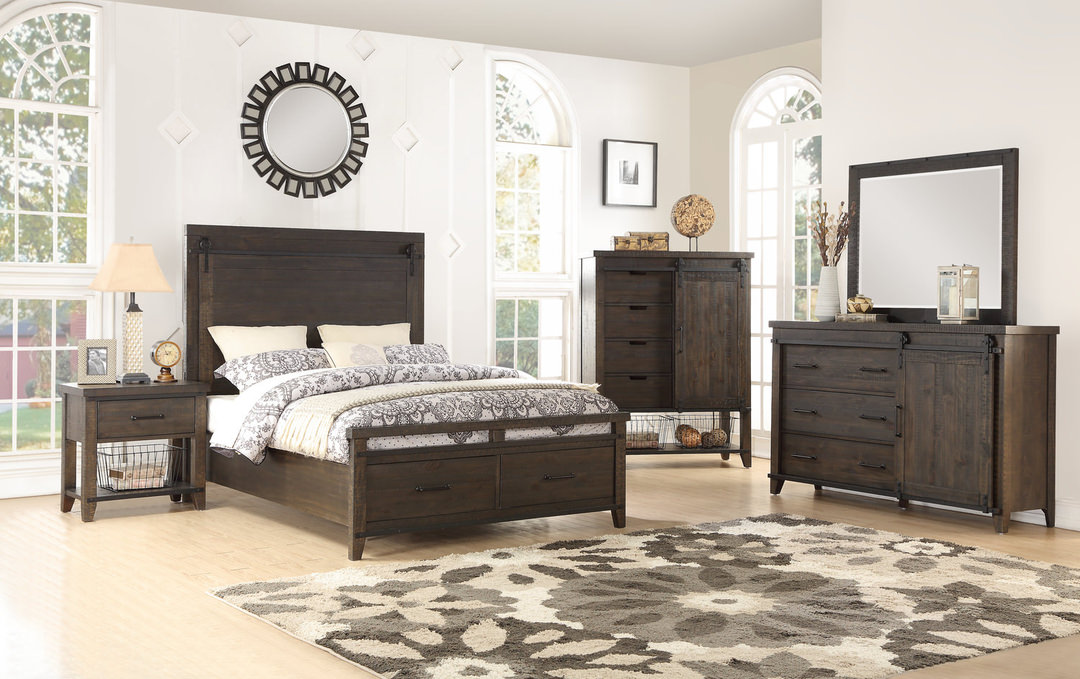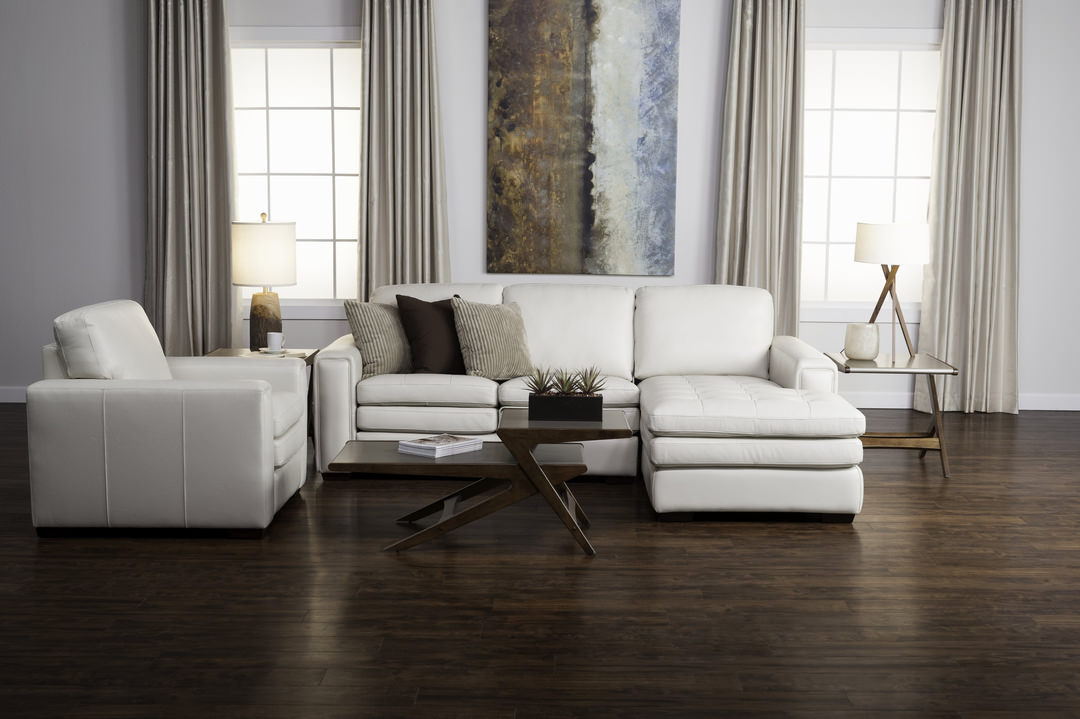Downsizing for Senior Living
These small pieces pack big style and lots of functionality.
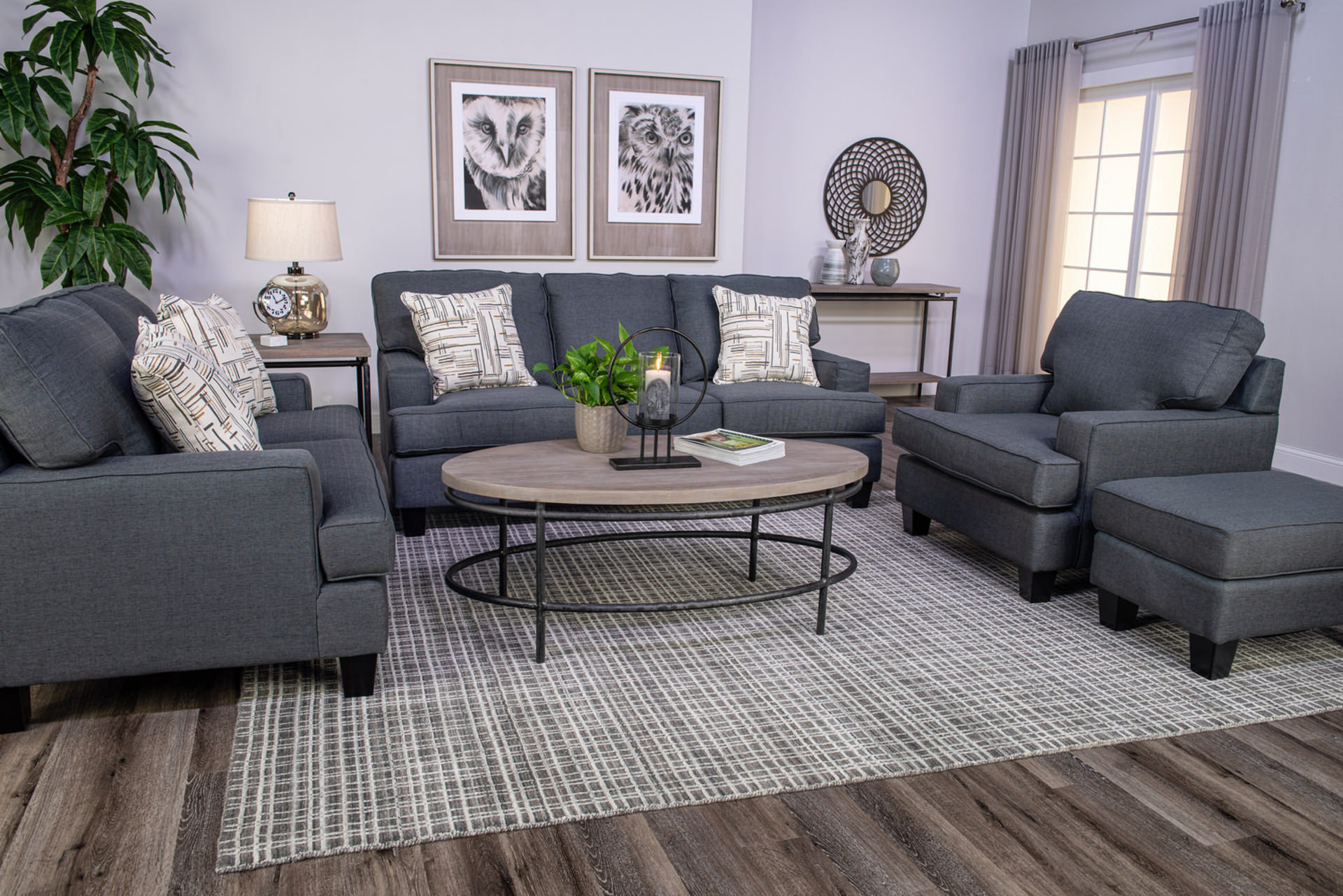
Many people, as they get older, choose to sell the family home and move into a smaller space, perhaps a condo or a senior apartment. One of the first questions is how much of the former home to bring along. If you’re not careful, the new abode might become so crowded with oversize furniture that it feels even smaller than it actually is! Instead, a combination of old and new items might be ideal for your new digs.
A smaller home doesn’t mean that your life has to feel smaller! Here are some tips on how to bring an essence of spaciousness to limited quarters.
Furniture for a Smaller Space
The first rule is that furniture must be to scale. An oversize or overstuffed sofa makes a little room feel closed-in! Fortunately, you can choose a small sofa that’s big in comfort but restrained in how much of the room’s space it absorbs. Sofas with clean lines and the open look of exposed legs are particularly adept at broadening a room.
Many furniture manufacturers offer “apartment” sofas that are sized for smaller living spaces, or other smaller models between 81 and 90-inches long. However, there’s no law that says a living room must have a sofa! Maybe a loveseat would be more proportionally appropriate. Or a couple of reclining chairs. Even a small sectional sofa might suit. When a sectional is situated in a corner with both backs to the wall, it opens up the room’s central space.
Complementary furniture should fit comfortably and not overpower the sofa or sectional. Coffee tables with glass tops take up less perceived space. Undertop storage drawers are unobtrusive but hide clutter on both coffee and end tables. Consider round or oval occasional tables, which don’t assert themselves and are easy to walk around.
Other space-savers are nesting tables that tuck under each other when not in use, and storage ottomans, which conceal disorder without letting on that they’re doing so.
Lighting and Color
Lighter colors on the floors and walls expand a room. Another enlarging trick is painting the baseboard and trim the same color as the walls. Window coverings should be minimal for as much natural light as possible. A wall mirror opposite a window creates an illusion of size and depth.
There are two philosophies when it comes to the interior color of the entire home. One is use the same paint throughout to create the feel of an extended single space. The other is to use a different color for each room to produce multiple living areas. In the latter scheme, the living room might be beige or eggshell and the bedroom a slightly bolder color. You then could select a bolder color to use in a bathroom.
Bedrooms and Bonus Rooms
Most small living quarters have at least one bedroom, and many have two. A bedroom can be used solely for sleeping, or it can double as a family room or sitting room. A small sleeper sofa, a futon or a klik klak allows a space to convert into a guest room when needed. A Murphy cabinet may also be a good investment for a small space. As the name implies, it converts into a cabinet when it’s not a sleeping unit.
Other Small Home Tips
Here are some additional techniques to make a small home feel bigger:
- Use the corners. Sectional sofas are just one way to leverage corners. Corner shelving units and curios are both attractive and functional. A corner can be a “room within a room” when a chair, lamp and table make it into a reading or lounging nook.
- Inconspicuous office space. You may not have the space for a traditional home office with a hutch and a file cabinet, but that doesn’t mean you can’t have a desk. For occasional laptop use, a minimalist writing desk with a drawer under the top might be ideal. If you need storage for work supplies, consider a desk with pullout cabinet space or a drop-down lid.
- Wall art. Many people don’t realize it, but a single large picture on one wall creates an impression of roominess.
- Greenery. Green things connote life and happiness. A potted plant or small tree constitutes another good use of corners. You can also position small pots on a windowsill. Fill them with flowers or with spreading ivy or succulents.
- Storage. Drawers and storage furniture will keep a certain amount of clutter out of sight and mind. Another technique is to maximize closet use to handle overflow from the living spaces. Storage hangers, extra shelving and even a chest stashed in a closet will help with this.
You may be downsizing your living space, but you don’t have to downsize your elbow room. With the right furniture and room arrangement, your small space can feel as roomy and comfortable as a larger one!
